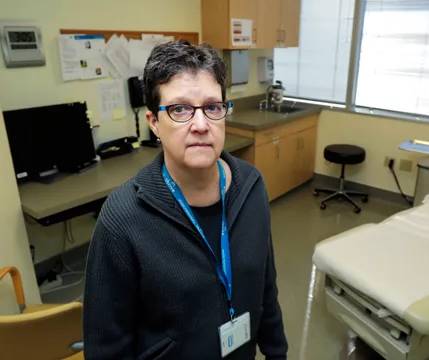Author provides tips to combat symptoms of seasonal affective disorder
Winter’s chill, dark days, devoid of sunshine can send the best of us spiraling into a bad case of the blues.
But those dreary winter months – particularly, February – can debilitate people living with depression.
This time of year is especially difficult for Eric G. Wilson, author of “The Mercy of Eternity: A Memoir of Depression and Grace.” Ever since his teen years, he has spent winters quarantining himself, trying to stay warm and sinking deeper into depression.
“When February would roll around, I’d have a deep dread of going outside. I’d turn on the space heater and shut the blinds, trying to create this warm, womb-like environment,” he said. “And walking outside without sun, and trying to stay warm – it’s hard to stay positive.”
For decades, Wilson has suffered from seasonal affective disorder, or SAD, and condition that strikes about 6 percent of the U.S. population, according the American Academy of Family Physicians. As much as another 20 percent suffer a mild form of the disorder. Symptoms of this form of depression can include increased sleepiness during the day, sapped energy, social withdrawal and apathy or disinterest.
To combat the symptoms of SAD, Wilson, who is being treated for bipolar II mixed, tries to say warm – both physiologically and emotionally. He exercises daily – running, swimming, cycling or tae kwon do – and has started taking vitamin D pills, which some research has shown to help alleviate the symptoms of SAD.
He also has stopped fighting the winter, he says.
“I try to give into the season,” he says. “I spend more time with my wife and daughter indoors, enjoying the closeness, and I cultivate slower, more contemplative activities, like reading and making up long stories to tell my daughter. I have to realize that winter has its virtues, too, just as summer offers its pleasures. Embracing these virtues eases the depression. As long as I’m complaining about winter, I just make the situation worse.”
The symptoms of SAD begin to clear up by April, and in most cases disappear by the time the summer months roll around. Physicians generally recommend exercise, exposure to sunlight outdoors when possible, vitamin D supplements and light therapy to alleviate the symptoms beginning in October.
Source : Wake Forest University









Post Comment
You must be logged in to post a comment.